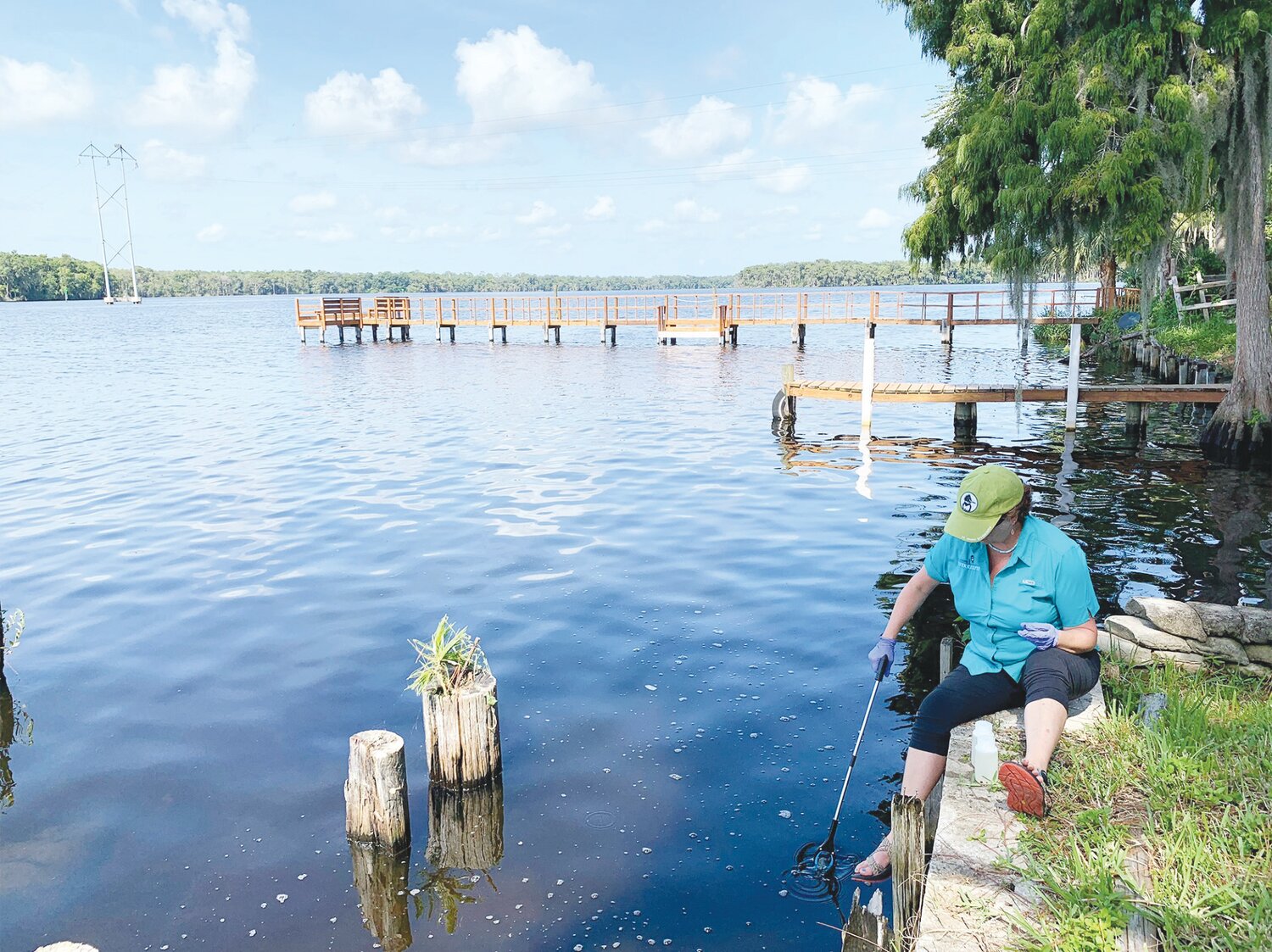St. Johns RIVERKEEPER to issue Doctors Lake report this month
FLEMING ISLAND – The St. Johns RIVERKEEPER launched a multi-day expedition to investigate the lost grasses of the St. Johns River, raise awareness about the fragile state of the river, and …
This item is available in full to subscribers.
Attention subscribers
To continue reading, you will need to either log in to your subscriber account, or purchase a new subscription.
If you are a current print subscriber, you can set up a free website account and connect your subscription to it by clicking here.
If you are a digital subscriber with an active, online-only subscription then you already have an account here. Just reset your password if you've not yet logged in to your account on this new site.
Otherwise, click here to view your options for subscribing.
Please log in to continueDon't have an ID?Print subscribersIf you're a print subscriber, but do not yet have an online account, click here to create one. Non-subscribersClick here to see your options for subscribing. Single day passYou also have the option of purchasing 24 hours of access, for $1.00. Click here to purchase a single day pass. |
St. Johns RIVERKEEPER to issue Doctors Lake report this month
FLEMING ISLAND – The St. Johns RIVERKEEPER launched a multi-day expedition to investigate the lost grasses of the St. Johns River, raise awareness about the fragile state of the river, and demonstrate the need for urgent action.
The team spent several days on the water monitoring the most threatened habitat of the St. Johns River, patrolling an 80-mile stretch of the river between Doctors Lake and Lake George. They were looking for the Submerged Aquatic Vegetation beds and possible solutions to restore this vital habitat. Although rarely seen from land, submerged aquatic vegetation or SAVs are critical to a healthy aquatic ecosystem.
These vast underwater prairies provide shelter for important fish species, filter pollutants from seawater and trap sediments from resuspending into the water by waves and boat wakes, thus playing a vital role in the overall health of our oceans and rivers.
“The submerged aquatic vegetation, they are biofilters,” said Lisa Rinaman with the St. Johns RIVERKEEPER. “So when pollution comes in that has too much nitrogen or phosphorus, they can filter that out. They are really important from a water quality perspective.”
SAVs provide habitats for fisheries, as well as the foundation of our recreation and tourism industries and our thriving seafood industry.
Yet, scientists have concluded that nearly 99% of SAVs have disappeared from Jacksonville to Lake George in the Lower St. Johns River.
Although SAVs periodically decline due to droughts or hurricanes, the grasses typically begin to bounce back within a few years. However, this time is different, Rinaman said.
“After Hurricane Irma came through in 2017, we saw a significant die-off of submerged aquatic vegetation, predominantly eelgrass.”
However, the loss was not directly due to the hurricane, but rather heavy rains and high waters from storm overflow, which made it more difficult for sunlight to penetrate the waters and the aquatic vegetation on the ground floor.
In addition, excess nutrients from septic tanks, sewer treatment plants, and fertilizer runoff promoted the growth of toxic blue-green algae, which blocks sunlight needed for SAVS to thrive.
“We are looking for answers,” Rinaman said. “It’s really important to figure out how to bring our river back into balance and protect our estuary. We need to do everything we can to protect it, which will help protect our economy.”
The RIVERKEEPER’s four-day expedition began at Doctors Lake. Homeowner Betsy Sievert contacted the RIVERKEEPER after noticing the sea level of Doctors Lake wasn’t naturally declining during the colder months of the year. She also noticed that the vegetation on the shoreline had significantly reduced.
“I went back to a cabinet where we have old photographs, and when you look at the shoreline on this property, there were reeds all the way across on the other side of the bulkhead,” she said. “I was never one to swim in the river. We didn’t have a boat, but everything I saw on the surface has gone.”
Sievert invited the RIVERKEEPER to her property on Holly Point to gather information about the health of Doctors Lake and report on their findings.
After collecting samples to test the water’s PH, salinity and turbidity, Rinaman and her crew took a small boat to the middle of the lake. She jumped in, sporting waiters and thick rubber boots, feeling around with her feet for any evidence of underwater grasses.
“It was a huge commitment for them to do this,” Sievert said. “But we’re still early in the process here.”
Water quality parameters will be assessed quarterly for the next five to understand current conditions better and identify possible reasons for the decline in aquatic vegetation.
“Things are forever changing in our river due to natural cycles and man-made impacts.
So what we are looking at now is doing this quarterly for the next five years to collect more data and connect people who live, work, and fish along St. Johns,’ Rinaman said. RIVERKEEPER team members and volunteers will visit numerous sampling sites and meet with homeowners, anglers, scientists, and community leaders to collect observational intel and data.
‘If you are seeing any pollution impacts or blue-green algae outbreaks, please let us know, and you can reach out to us through Facebook or the RIVERKEEPER website. People sharing what they see on their part of the river helps us know what we can do to work together.”
The first part of data collection will be published in early June on the RIVERKEEPER’s website at https://www.stjohnsriverkeeper.org/.








